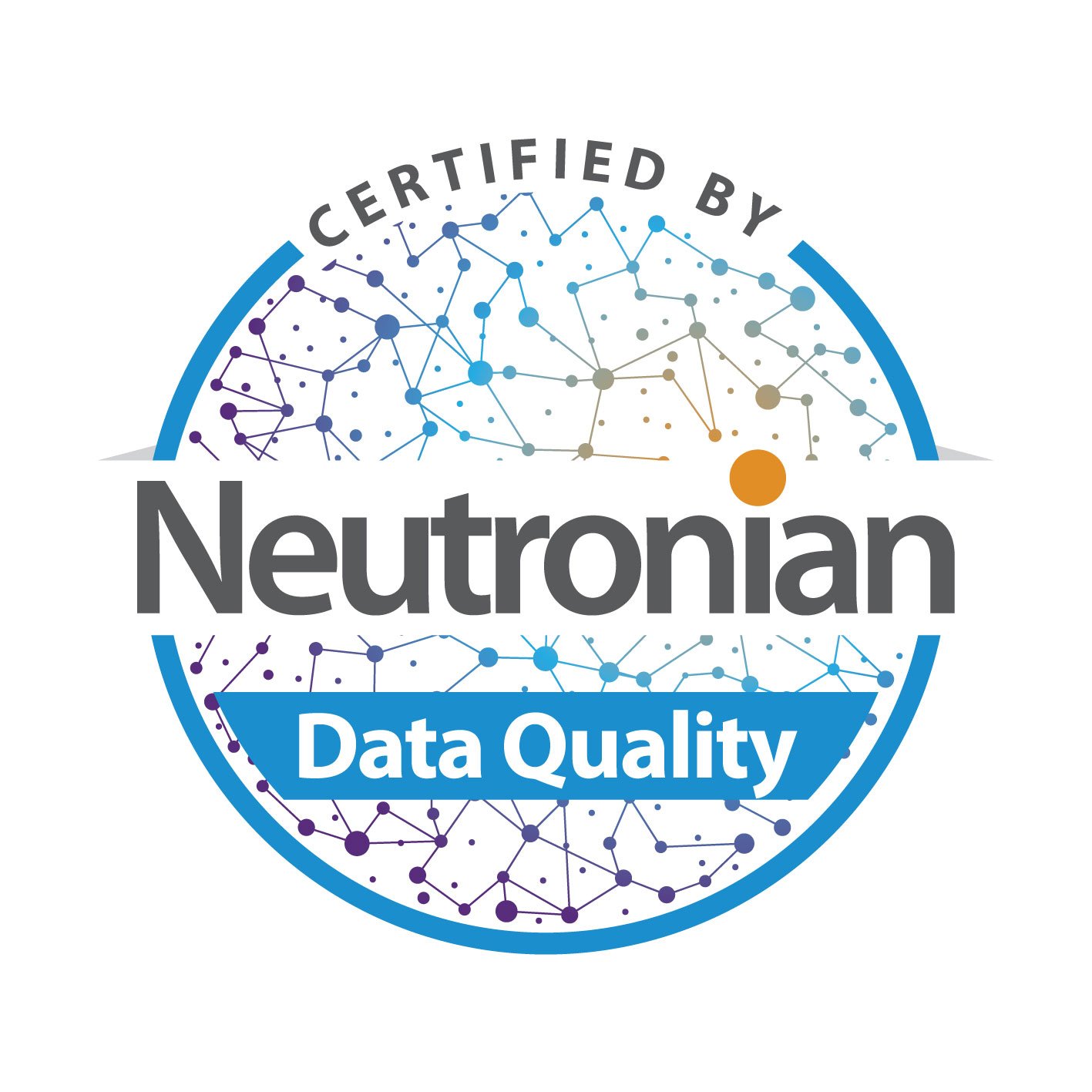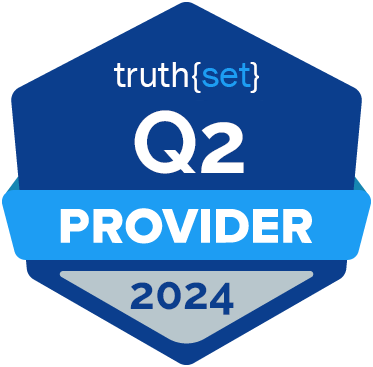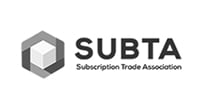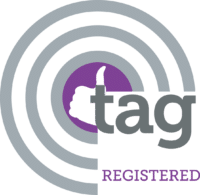In a year of economic uncertainty and the rapid evolution of advanced technologies, data’s position, value and pricing remain top of mind across the advertising supply chain.
Ideally, agencies, buying platforms, media owners and data companies directly benefit from the value they add to digital advertising, with brands deploying high-performing, accurately-targeted campaigns.
However, it appears the system is broken. The way digital ecosystems operate is disincentivizing brands and agencies from working to understand data quality and value. Quality data requires investment from both providers and buyers. And in this critical year, the value of audience data needs greater understanding and support.
Successful brands treat data as foundational — and not as a commodity
In cases where the market isn’t delivering the value or confidence that brands deserve — and audience data is no exception — making strategic decisions about data investments means buyers must understand not only the market and pricing but the value of high-quality data. This insight will impact their media spend and outcomes.
Many media professionals claim their planning and buying processes are data-driven, yet audience decisions are often considered an afterthought. Even in some audience-first approaches, specific data selection is attached to a media buy at the last second, handled by a buyer looking to ensure campaign delivery. This treats data as a commodity — a raw material thrown into the media machine to ensure maximum spend for a brand.
However, treating data as a commodity is neither effective nor accurate. An actual commodity can be sourced from anywhere, with providers chosen almost exclusively based on price and availability. This may work for plywood but not audience data. To ensure successful execution, strategic brands see data as the foundational piece of their campaigns — not a supplemental afterthought.
Greater transparency in media buying is helping brands procure high-quality data
Data isn’t bought and sold in a free market, and that’s damaging to the digital ecosystem. For data to be effective and add value, coverage, match, quality and compliance must be factors in brand choice.
Advertisers have been pushing for greater supply path transparency for years. In this environment, the core elements influencing data purchase decisions would be visible to buyers, enabling them to make well-informed decisions. So, advertisers are getting as close to data sources as possible and demand more transparency in the market to enable decisions that align with their campaign goals, budget and strategic data choices. This includes a focus on compliance and limiting their dependency on third-party cookies.
The most common way brands purchase third-party audience data is via media buying platforms, which removes the ad buyer from the data selection process. However, this is having a massive ripple effect. While many data providers are capable of direct deals, custom audience builds or agency-wide integrations, they are also forced to package their product like a commodity, offering off-the-shelf segments that are assumed to meet the general needs of marketers. This approach also involves a hidden ad tech tax collected by exchanges and DSPs, adding to market inefficiencies.
Successful providers and buyers are investing in data-quality insights
While buyers often receive insights into top-line pricing, they’re not always able to review the quality of the data, which is just as important. Some DSPs have opted for an opaque data quality grading system baked into the buying algorithm, but the approach is often murky.
To stand out, credible audience providers are investing heavily in human and tech resources, independent accreditations, compliance and other forms of quality assurance. This adds cost to the end product, impacting the buyer’s decision. On the other hand, agency buyers have a remit: hit the brand goals within a specific budget, and cost often wins out. The market wants quality data, but investment in this endeavor cannot be one-sided.
Buyers are finding it possible to hit campaign goals using less inventory with more expensive audience data. However, this is raising more questions among brands that still value scale.
One way they’re solving this issue is by including third-party quality and compliance information within the metadata of each bid so that buying algorithms aren’t basing essential decisions on price as the critical factor. Fortunately, this is on the docket for IAB as part of ReArc and Seller Defined Audiences to push the industry forward.
In a free market, a brand or agency can pay a range of prices for the data they use to deliver targeted campaigns. Obtaining high-quality data that performs and carries privacy compliance requires greater investment.
Data doesn’t exist in a free market environment today, but if brands and their agencies become more interested in data quality and invest time in procuring high-quality sources, the ad market will likely see some improvement. When this happens, brands will have more control over their campaign spend and outcomes.































Submit a Comment